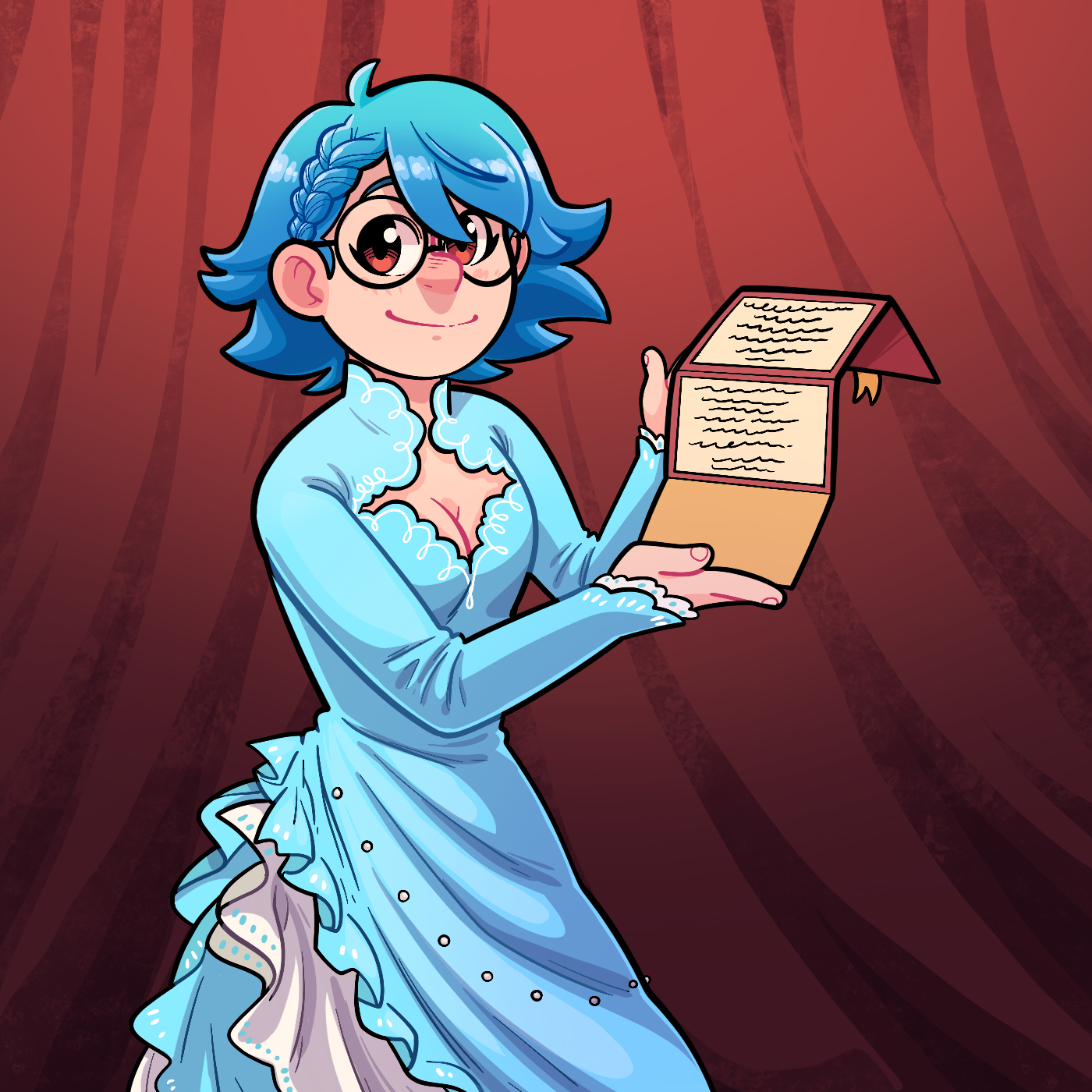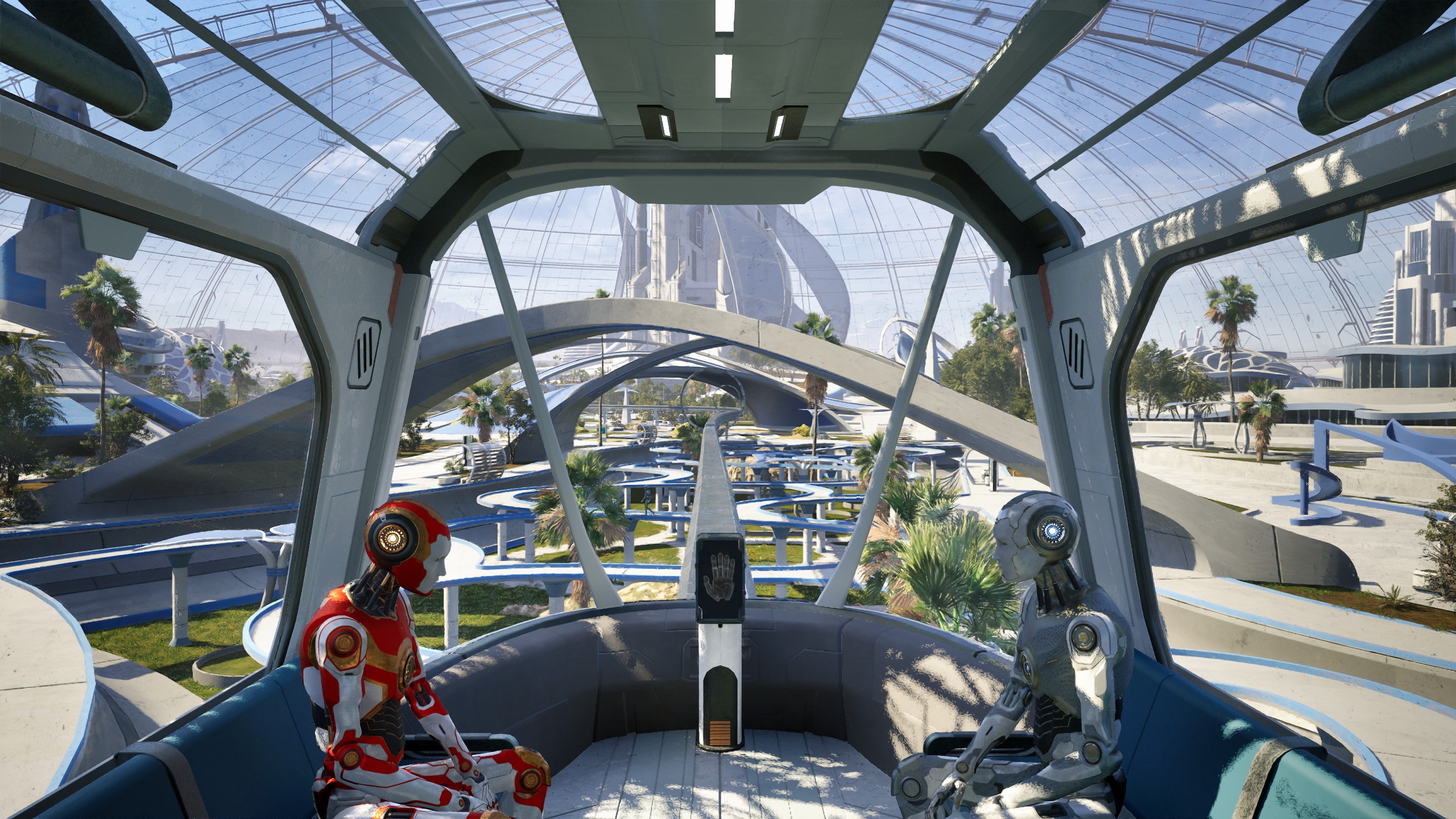
For the past few months, I have been unemployed. Job searching has been a harrowing experience: I always seem to reach the final stages of the hiring process for many positions, only to be notified later that, for some nameless reason, I did not possess the skills for the position required. The entire process has been isolating. With no schedule outside of my own, I have no one to visit or talk to in person on a daily basis except for those I share a house with. I’ve let my sleep schedule become abnormal, living based on my own broken internal clock, which has decided for one reason or another that the appropriate time for rest is somewhere between 3am and 5am.
In Kentucky Route Zero, you follow a cast of poor, working-class characters as they venture through an abstract and ever-changing highway called The Zero in search of an address no one seems to know how to get to, 5 Dogwood Drive.
The game puts you in control of many characters in the span of its five acts, starting with Conway, a delivery truck driver who works for an antiques shop currently making his final delivery. Along the way, he meets Shannon Márquez, a working class immigrant whose parents died in a mining incident and whose sister disappeared under mysterious pretenses. She runs a repair shop, though the technology she works with — old televisions, radios, and computers — have largely faded away. Naturally, this means her business is struggling. Since she’s living according to her own abnormal schedule, and doesn’t have anywhere else to go, she decides to help Conway make his delivery.

A majority of Kentucky Route Zero is spent navigating its world, meeting its inhabitants and learning their stories through small vignettes. This is especially true in the game’s fourth act, where the player takes a journey along The Echo River and has the choice of exploring stops along the way, getting a small glimpse into everyone’s lives.
Uniformly, almost everyone’s livelihoods have been disrupted by a flawed system. Many people either struggle to adapt as the system changes, or have too much mounting debt to be able to afford to adapt. A lonely gas station manager laments his days in Cleveland, Ohio, living freely among its crowded population, observing the intricate lives of its many citizens–until his money ran out, of course. An old repairman still comes to work despite being laid off long ago due to a company restructuring simply because he has nothing better to do, and would rather work on mundane tasks than to focus his life on other things. A call center operator recalls the days where they would gargle warm salt water during breaks in order to keep their throat intact after taking too many support calls per day. Now, they assist in operating the call center’s automated systems.
Not only is this system broken, but it is also deteriorating. Businesses open shop along the Echo River in order to thrive, yet they are still barely getting by. It’s harder to keep in touch with loved ones because the landlines aren’t properly maintained. A town is destroyed due to a heavy rainstorm because the company responsible for its construction left it unfinished before pulling out of the project entirely. This world has been left behind.
Along the way, Conway’s psyche unravels. He is nostalgic for the past, stumbles into debt, and falls back into alcoholism to cope with stress. He loses his sense of self. And, due needing to repay is rapidly mounting debt through endless factory labor, he is also taken from the player.
When I left my last job, I didn’t plan ahead in advance. I didn’t give a two weeks notice. My brain was overwhelmed by the anxiety of constant work. And by coming to terms with the reality that life is endless work. I had anxiety attacks on a daily basis. On my days off I would lay in bed, shaking, crying. I began doing this before shifts, too. Until one day. I felt trapped. My anxiety. My pain. It was inescapable. Endless. I didn’t see a future for myself that didn’t involve endless work, stress, anxiety. I felt that my emotional state would never reach a point of normalcy again. I felt like a lost cause. I cried on my way to work, went in, and came out a half an hour later. When the act of quitting didn’t provide me with an emotional catharsis, I broke down.

The final act of Kentucky Route Zero revolves around a funeral for two horses who died during a harsh storm. But it also serves as a funeral for Conway, who had been taken due to the debt he had to repay. It serves as a funeral for all that have been dead or lost under a failing capitalist system. A funeral for the indigenous peoples who suffered during the building of said system.
“The whole world is built on top of graves,” a character says.
However, the final act of Kentucky Route Zero also revolves around the formation of a community. When the player characters finally arrive at 5 Dogwood Drive, they see a space for themselves. A world they can live in, free from a system that dominates their lives. They see love, a future, a path forward for themselves. And they stay.
After leaving, I sought treatment for anxiety and depression. It has helped my mental health immensely. The job search is still dire, and some days still feel hopeless. But I’m getting through on the feeling of community and solidarity. On the fact that when I am at my lowest point, people have always reached out to help. That, even as the world gets more bleak, there will always be a friend who will find a way to make me smile. Even though I am living a very isolated life, I end up building connections with people that make me feel whole. People who make me feel that, even though I am functionally a failure in this deteriorating system, my life still matters.
Kentucky Route Zero tells us that we cannot escape the injustices of the past, nor can we wipe away the pain, trauma, or debt of those we lost. But with love, with friends, with community, we can have hope. And with hope, maybe we can move forward.



